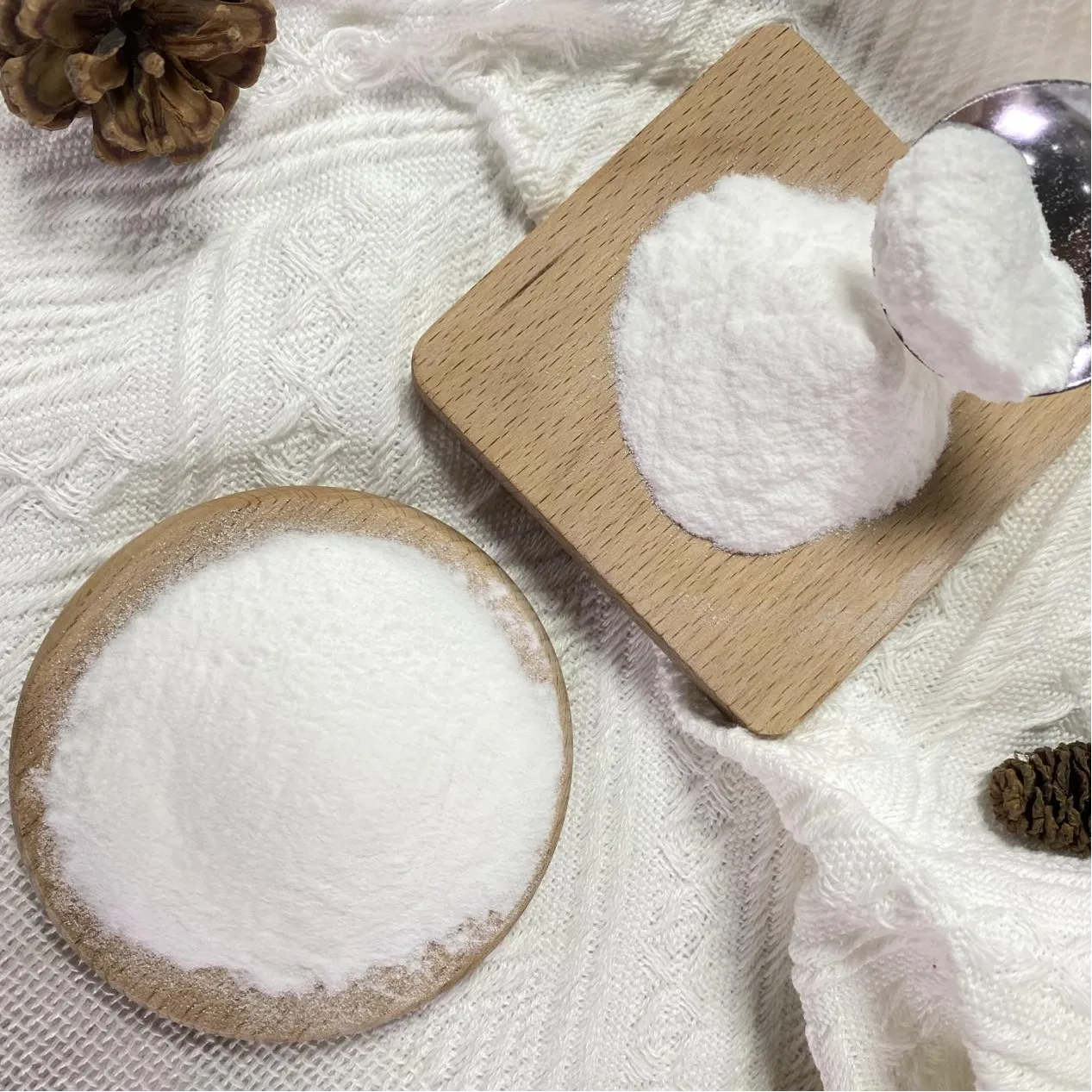
The Versatility of Cellulose in Modern Industry
Unlocking the Power of Cellulose Derivatives
In recent years, the industrial and scientific communities have increasingly turned to cellulose-based products to meet growing demands for sustainable and multifunctional materials. Among the most sought-after compounds is microcrystalline cellulose for sale, widely used in pharmaceuticals, food, and cosmetics due to its excellent binding and stabilizing properties. Its uniform particle size and high purity make it ideal for tablet formulations and dietary supplements.
Another cellulose derivative making waves is carboxymethyl cellulose, a water-soluble polymer commonly used as a thickener and stabilizer in products ranging from toothpaste to ice cream. Its ability to improve viscosity and texture has made it indispensable in both food processing and personal care applications. Similarly, hydroxypropyl cellulose offers valuable benefits in pharmaceutical coatings and ophthalmic solutions, thanks to its film-forming and water-retaining capabilities.

Expanding Applications in Coatings and Advanced Materials
In woodworking and furniture manufacturing, cellulose sanding sealer plays a critical role in surface preparation. It enhances adhesion, reduces grain raising, and ensures a smoother, more uniform finish before applying the final coats of paint or varnish. This sealer is appreciated for its fast-drying nature and ease of sanding, making it a favorite among professionals and hobbyists alike.

On the cutting edge of material science, nanofibrillated cellulose is revolutionizing industries from packaging to electronics. With its remarkable strength, transparency, and biodegradability, this form of cellulose is being used to develop lightweight composites, flexible displays, and even sustainable alternatives to plastic. Its nanoscale structure allows for enhanced mechanical performance without compromising environmental safety.
In conclusion, cellulose and its derivatives continue to prove their value across a broad spectrum of industries. From basic structural uses to highly specialized applications, materials like microcrystalline cellulose, carboxymethyl cellulose, hydroxypropyl cellulose, cellulose sanding sealer, and nanofibrillated cellulose are essential components in the modern world’s pursuit of performance, sustainability, and innovation.
-
Hydroxypropyl Starch as a Sustainable Construction AdditiveNewsNov.24,2025
-
The Gelation Properties of CMCNewsNov.21,2025
-
Redispersible Latex Powder and Water Retention CapacityNewsNov.21,2025
-
Dosage Control for Polycarboxylate Water ReducerNewsNov.21,2025
-
Film-Forming Properties of Polyvinyl AlcoholNewsNov.21,2025
-
The Function of Gypsum Additives in MortarNewsNov.21,2025





















